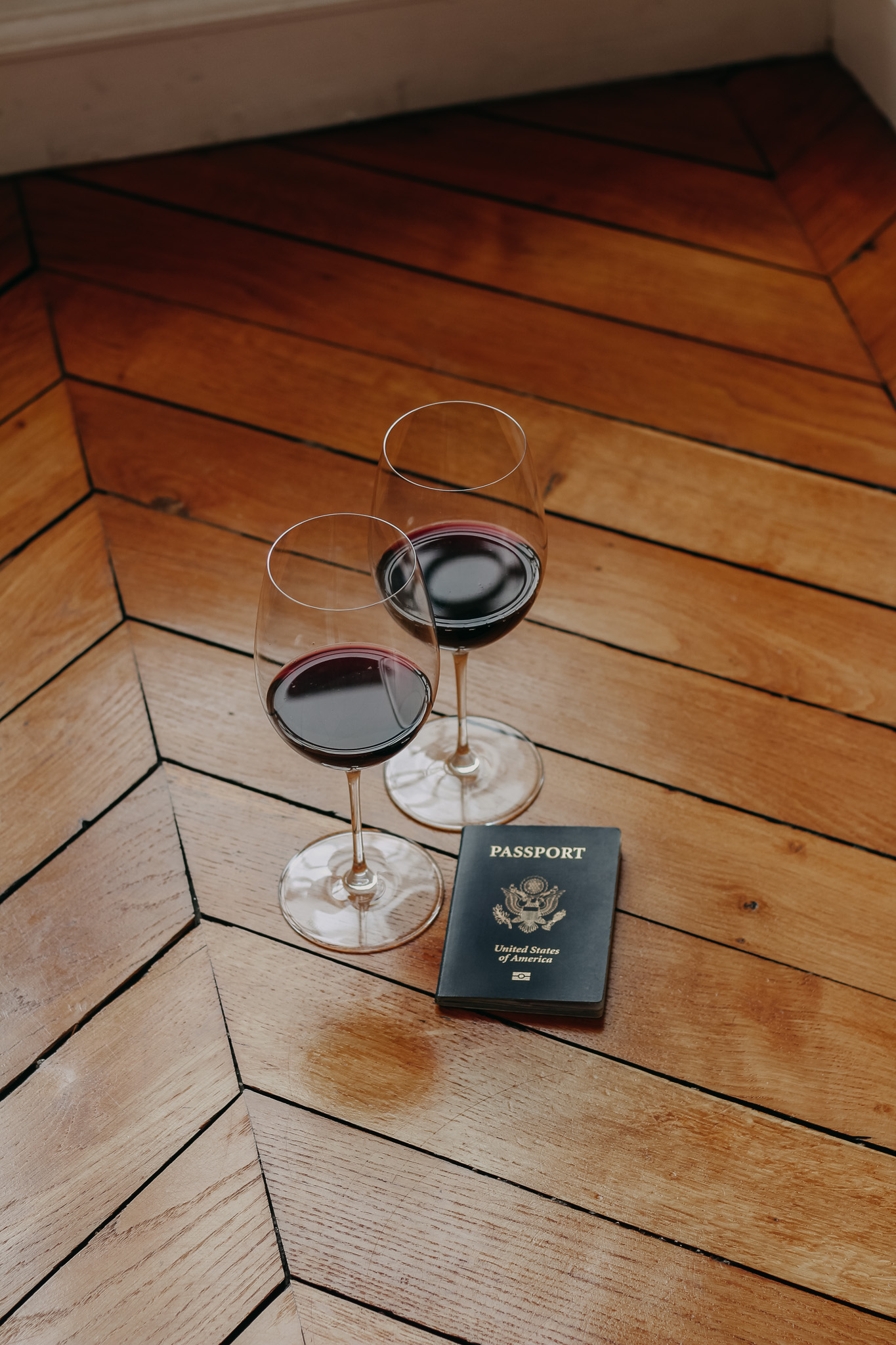
Have you ever had a wine that transported you to another place and time? For me, it was a glass of 2014 Saint-Aubin that I had during my first wine-tasting trip to France. The flavors and aromas of that wine were so unique that it led me to an obsession of Bourgogne terroir. I ended up selling everything, moving to France and becoming a sommelier. Ok, maybe that might be extreme for you but that’s the magic of French wine culture, and it’s something every wine lover should experience.
From the vast vineyard-scapes of Bordeaux to the storybook villages of Alsace, France has it all when it comes to wine. So, you have decided to plan a wine trip to France and create your own magical wine memories? In this guide, I’ll provide you with all the information you need to make your wine-tasting adventure to France a success. Trust me; it’s a journey you won’t forget!
NOTE: I work to keep the Paris Wine Girl blog ad-free, thanks to partnerships and affiliate links within our content. We’ve carefully vetted and selected our collaborators to ensure the highest quality recommendations for our readers. By using these links, you support our work at no additional cost to you.
Guide to Planning a Wine Trip to France. Bon voyage!
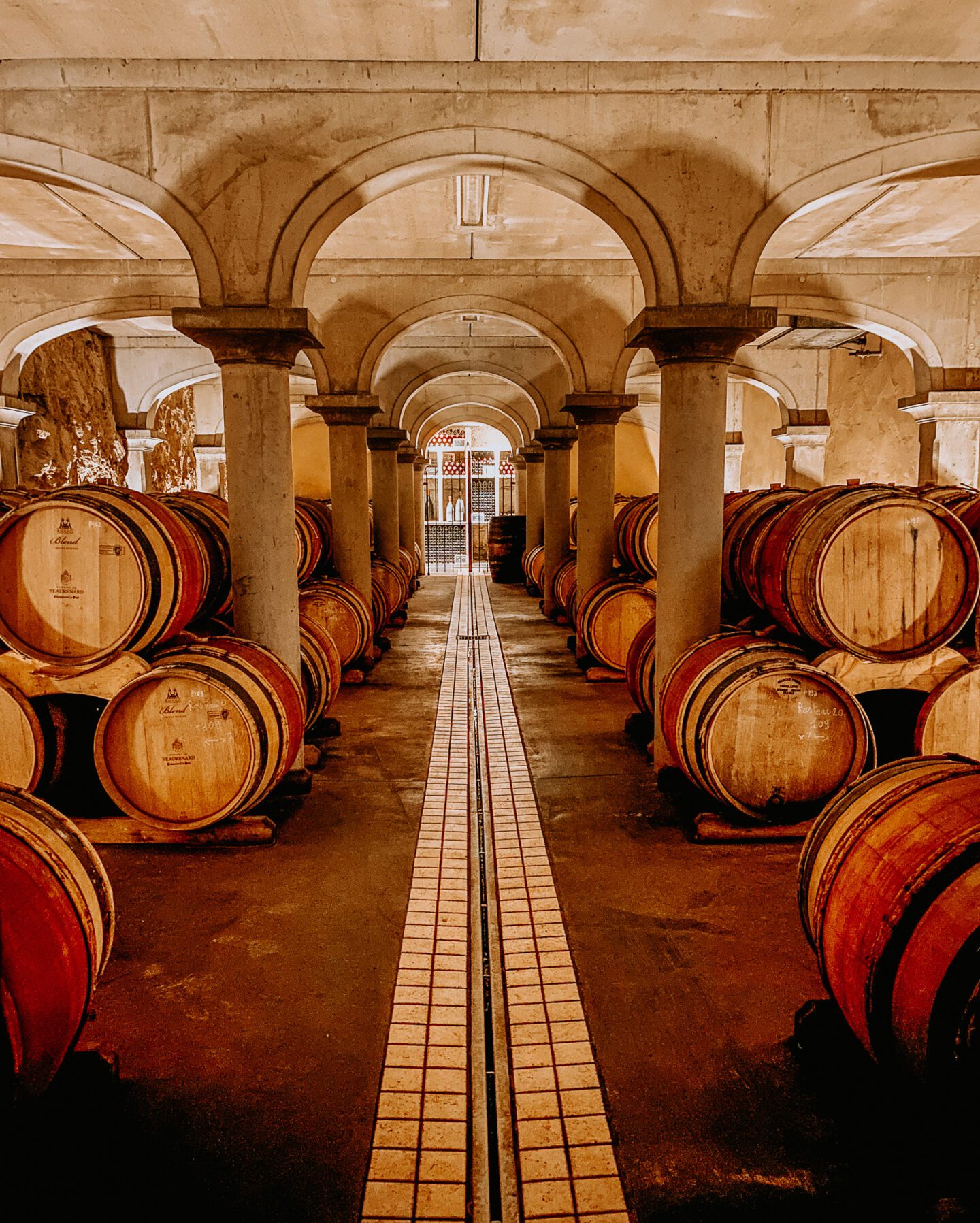
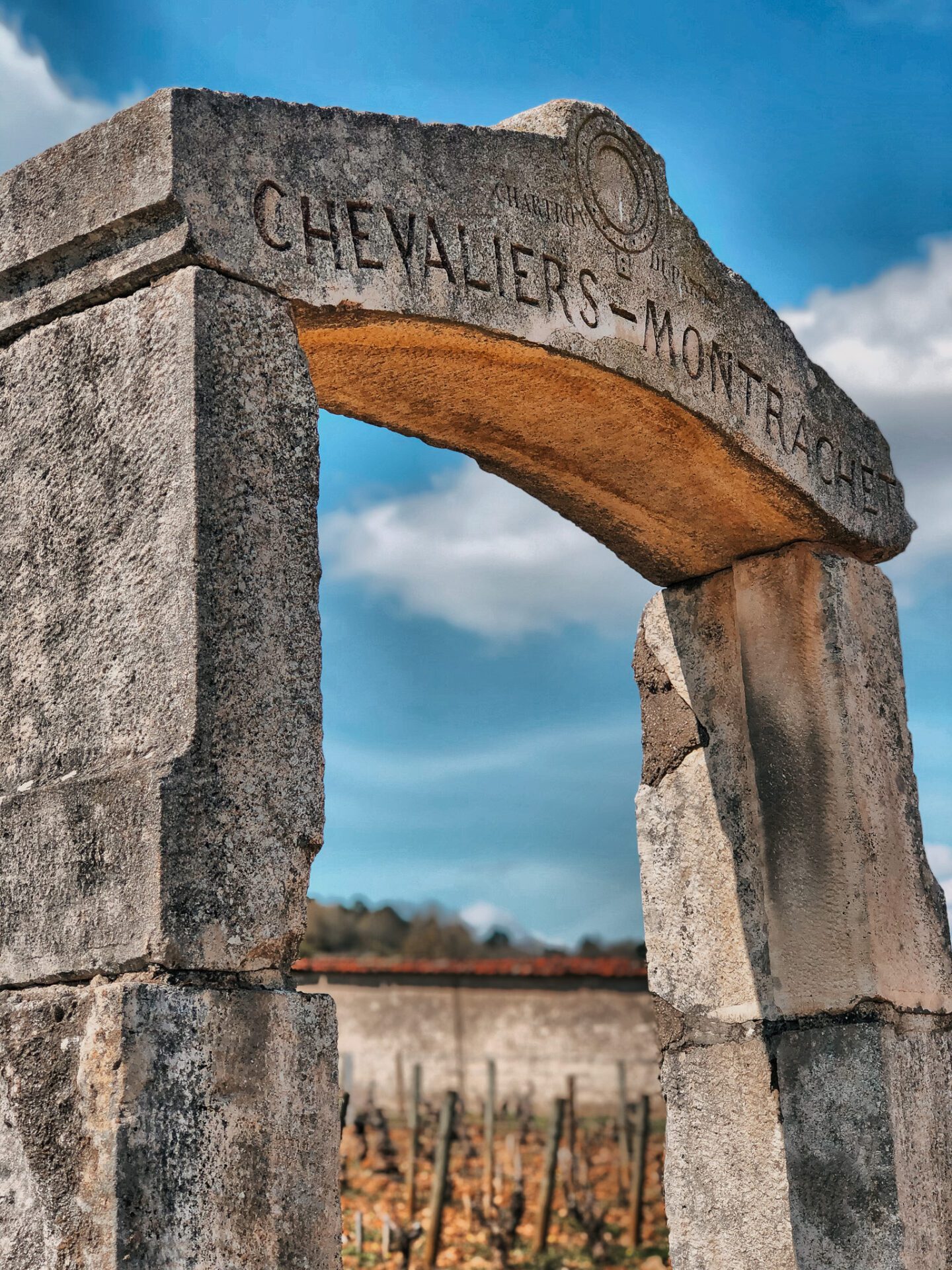
Step 1: Decide on a Destination
The initial and vital step is to meticulously choose the most suitable destination. This can be tricky because France boasts a plethora of wine regions, each renowned for its unique wine-making style, history, and cuisine. What are the major French wine regions? Champagne, Bordeaux, Alsace, Bourgogne, Languedoc-Roussillon, Southwest, Loire Valley, Provence, Rhône Valley, Jura, Savoie and Corsica.
When selecting a destination, it is important to take into account not only your personal taste preferences but also the desired activities beyond wine tastings. Also, if you’re traveling with someone else, you’ll need to assess if they share the same passion and knowledge for wine or if they would prefer to participate in other activities. It is common for people to make the error of agreeing to a wine trip without realizing what it entails. They might not be interested in spending the whole day going from one appointment to another while their companion becomes engrossed in the intricacies of wine science in a cold cellar. Therefore, if you (or your partner) is looking to relax by the pool in the sunshine while exploring a wine region, Provence might be an ideal choice. Yet, the Loire Valley offers breathtaking châteaux and gardens.
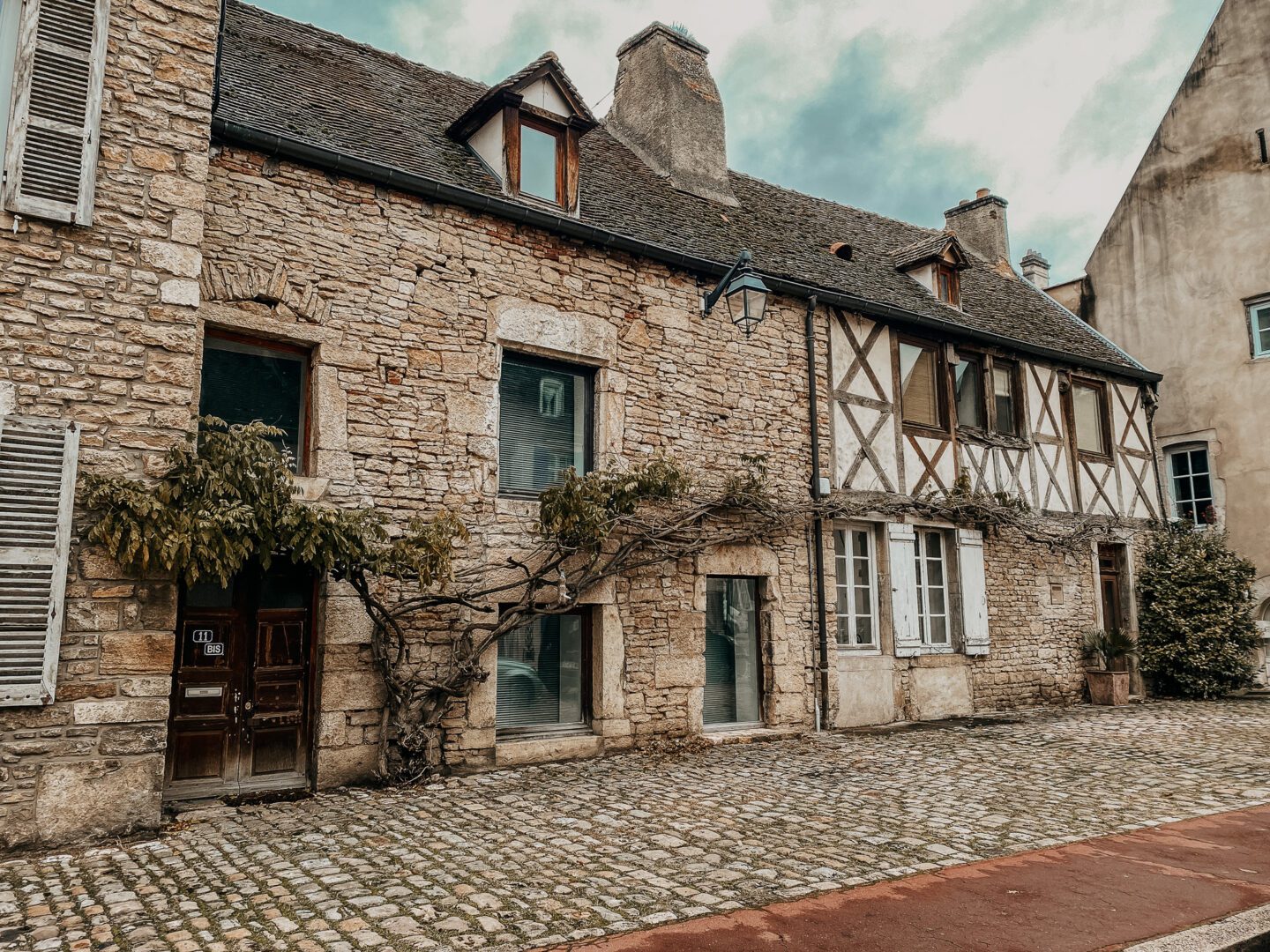
Alternatively, if you want to indulge in outdoor activities such as biking or hiking, consider destinations such as Alsace or Bourgogne. If you’re keen to experience metropolitan life while savoring wine, Bordeaux or Champagne, thanks to their proximity to Paris, could be a perfect choice.
In the enchanting pursuit of discovering new places, sometimes for unexplained reasons, a certain region will speak to your soul even if you’ve never been. It is essential to explore various regions with an open heart, carefully selecting the one that resonates with your desires and preferences. Embrace the allure of unfamiliar wine territories, for they hold the promise of deepening your understanding and love for wine. As you immerse yourself in the world of viniculture, you may find yourself transformed into an unofficial yet passionate ambassador, sharing the beauty of the region with others upon your return.
Read more articles for some inspiration:
“Escape to French Wine Country: 4 Best Wine Destinations from Paris”
“Roadtrip Guide through Languedoc-Roussillon Part 1 and Part 2”
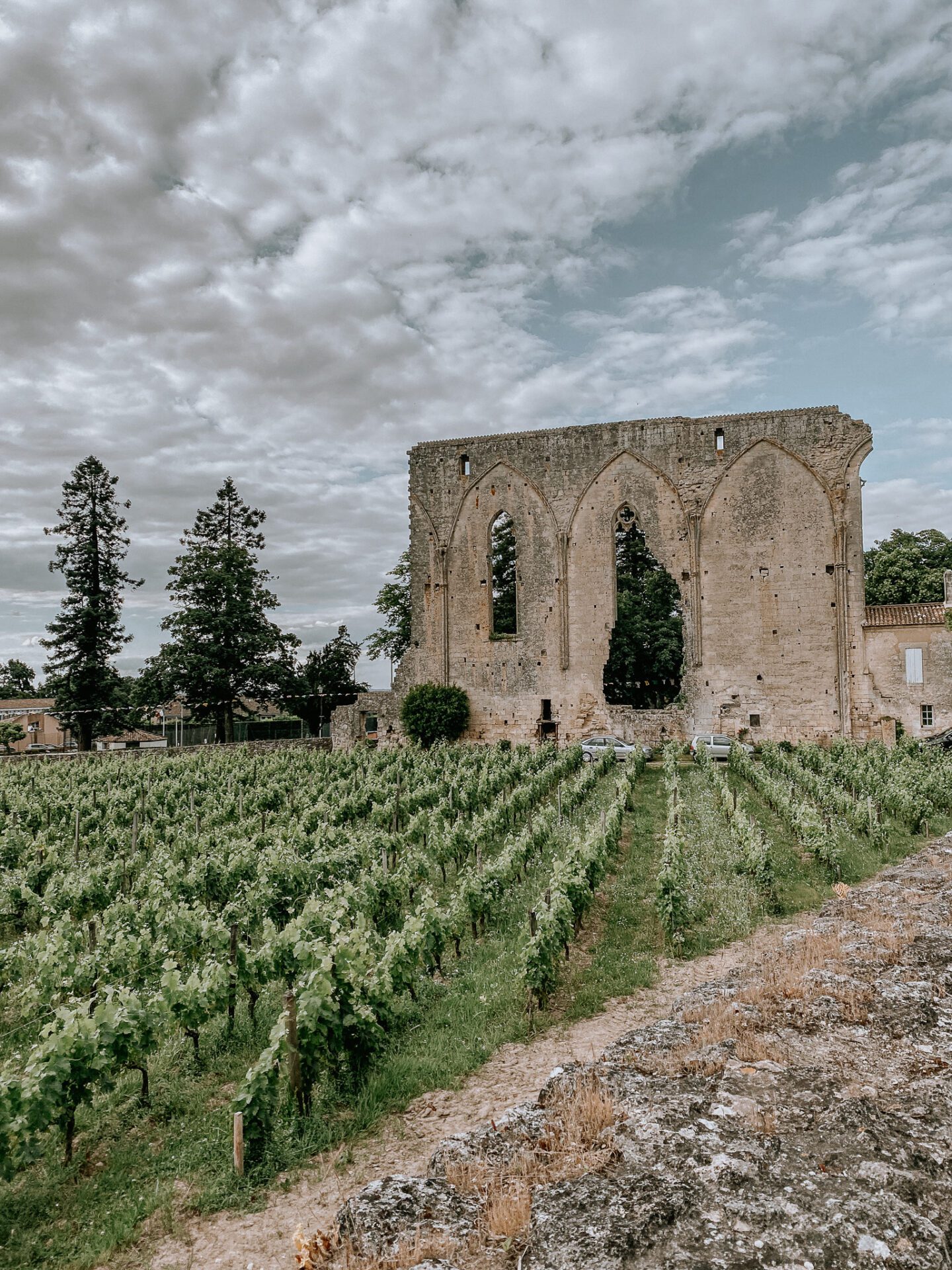
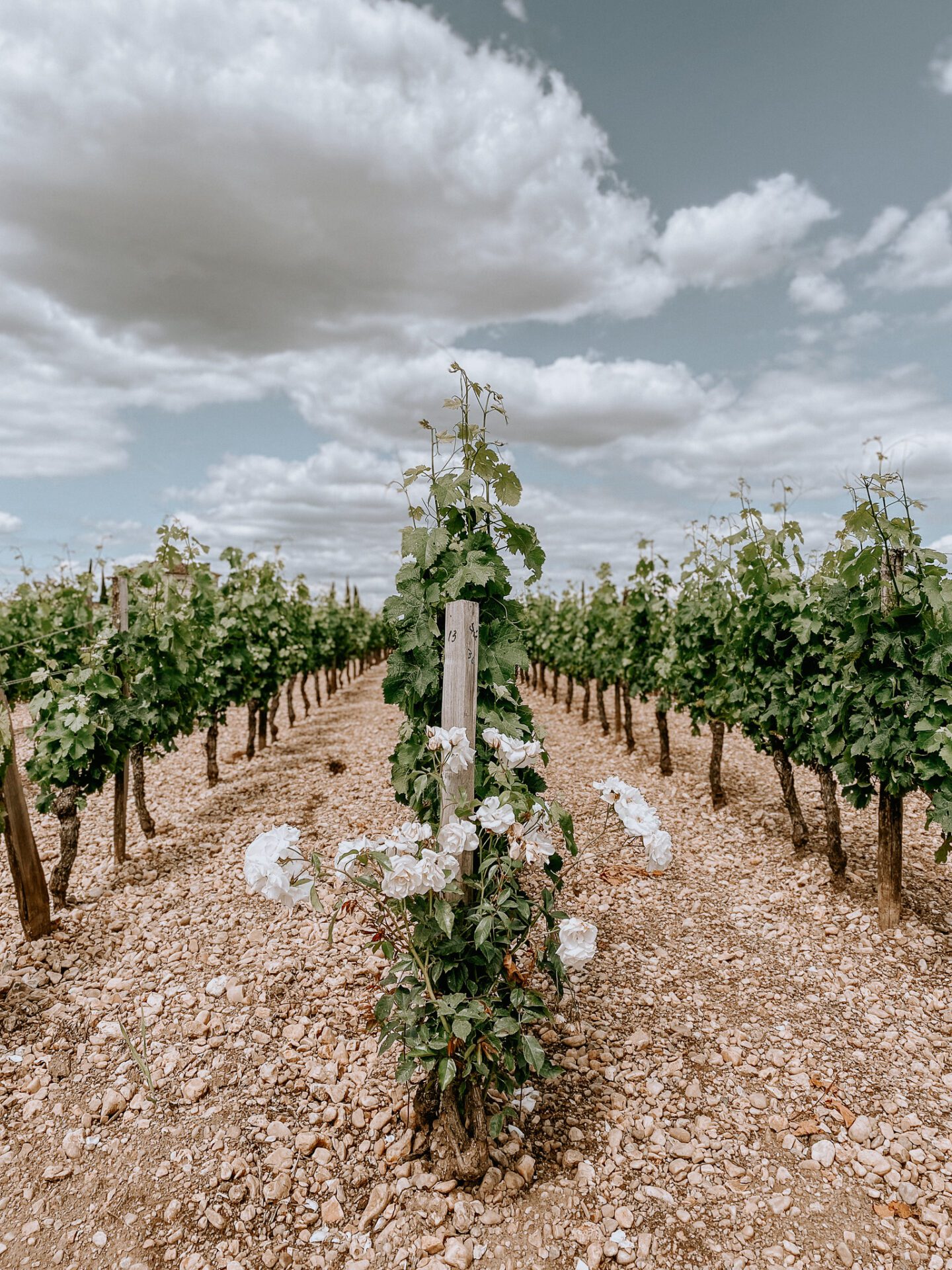
Step 2: Book Your Accommodations
After selecting your wine region destination, the next step is to book your accommodations. It’s best to choose a city or village within the region you’ll be visiting and be absorbed in the local culture. For instance, if you’re visiting the Champagne region, Epernay or Reims would be ideal places to stay, while Beaune would be a perfect location for those exploring the Bourgogne region.
You can choose from a variety of lodging options such as hotels, Airbnb, bed and breakfasts, or even vineyards if you’re seeking an authentic experience. However, it’s important to book your accommodations in advance, especially during the peak season of May through September, as the best options tend to get booked up quickly.
If you’re not planning to rent a car, consider the proximity of your accommodation to the train station. For example, the train station in Saint-Emilion requires a long uphill walk of about 20 minutes (I’ve done this too many times to count), while the one in Beaune is only an 8-minute walk to the city center. To avoid any inconvenience, use Google Maps to check the distance between the train station and your accommodation before making any reservations. We all have our thresholds, right?
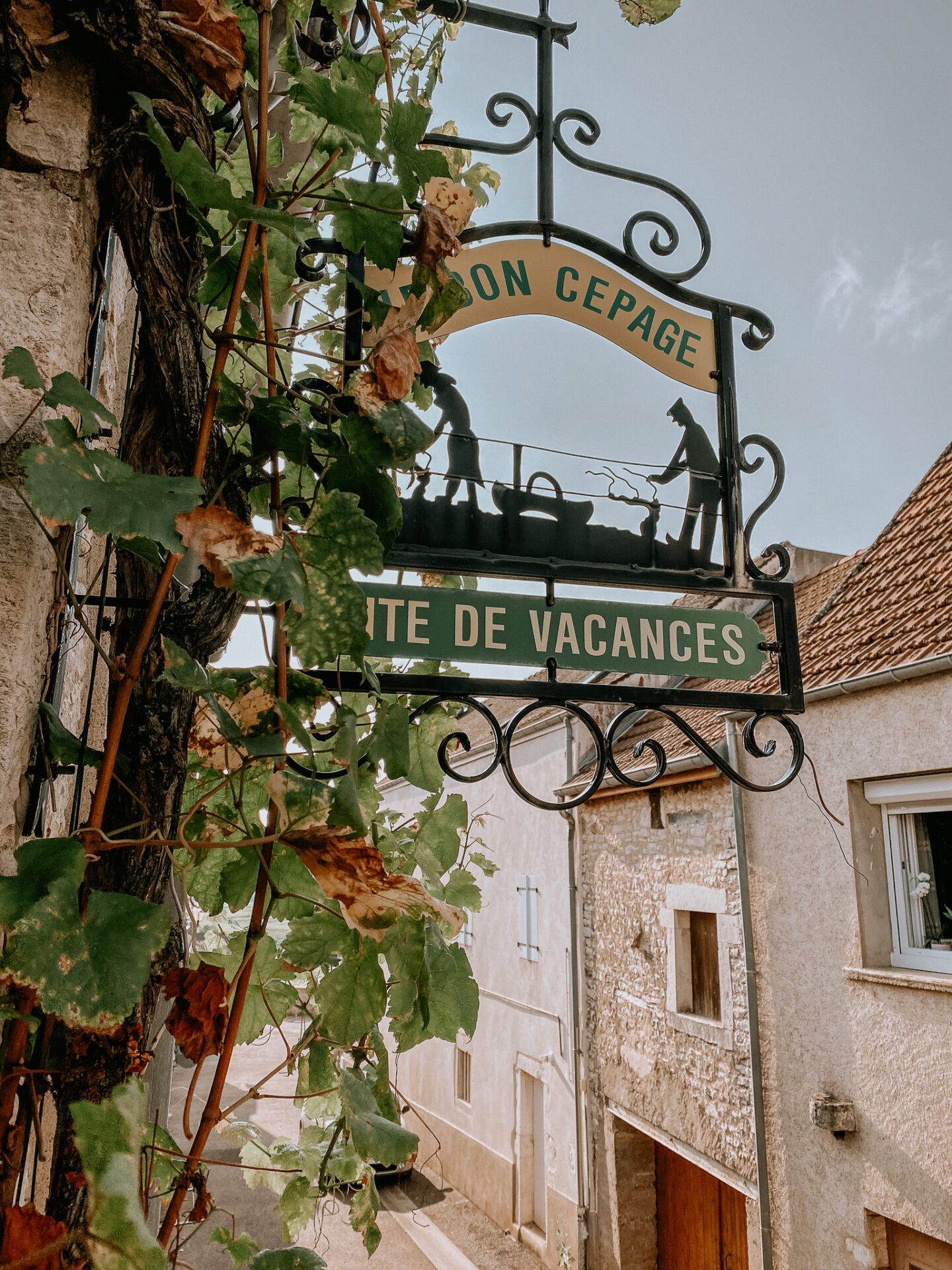
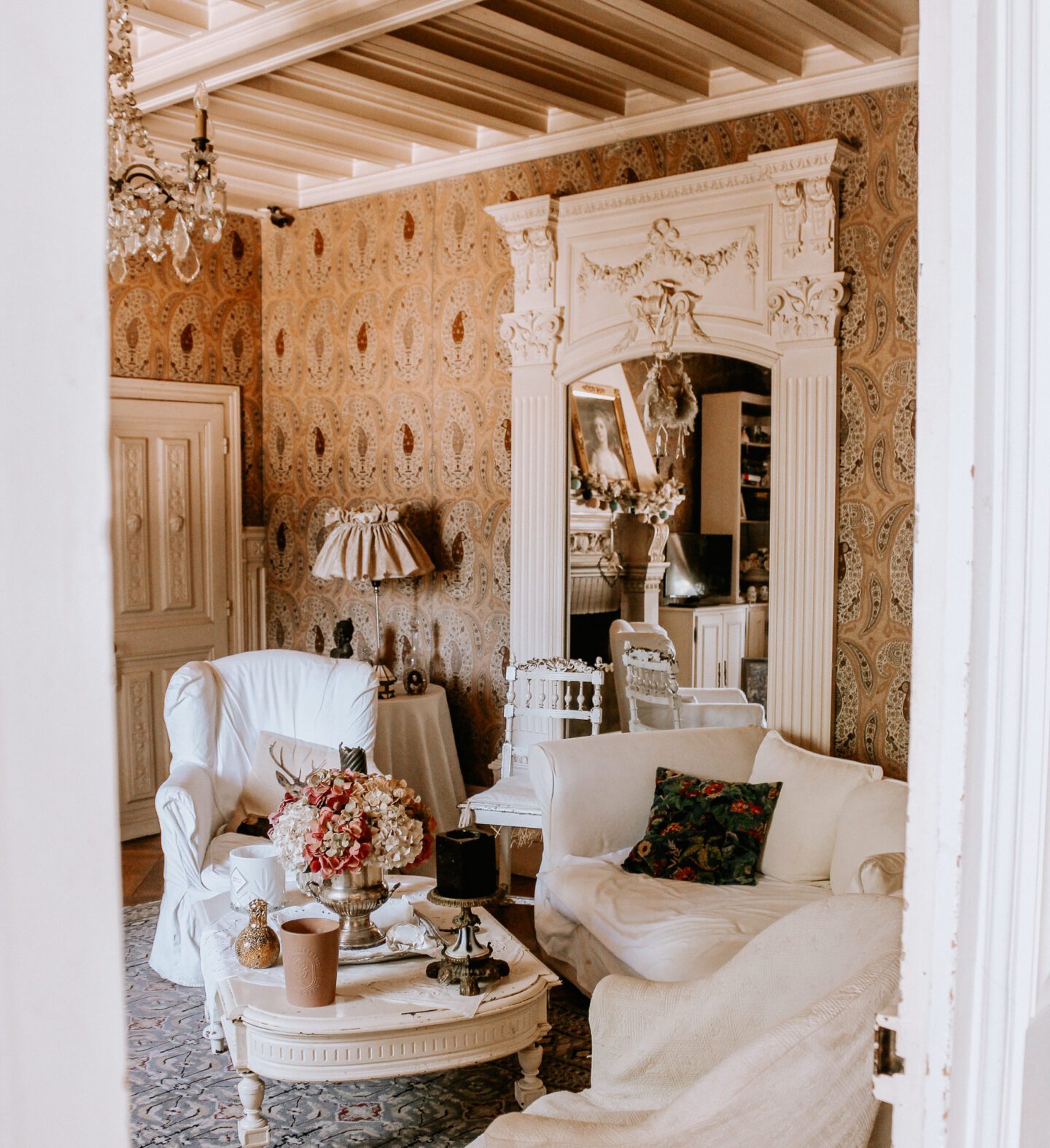
Step 3: Plan Your Wine Tasting Tours
As someone who has embarked on many wine-tasting trips in France, I understand how intimidating it can be to explore the country’s vast and diverse wine regions alone or for the first time. With numerous vineyards and wineries to choose from, planning a comprehensive itinerary can be overwhelming. As a result, I highly recommend considering the services of a knowledgeable tour guide or a reputable wine tour company. They provide a structured experience that caters to your preferences and ensures a visit to the most intriguing vineyards and wineries.
For those who prefer more freedom and flexibility, renting a car and driving yourself is a perfect option. It enables you to explore the region at your pace and make impromptu stops along the way. While it’s possible to explore Bourgogne and Champagne without a car, I wouldn’t recommend it for regions like Provence or Languedoc, where a rental car is vital.
Read: How to Visit Champagne from Paris, 8 helpful tips to getting the most out of your trip
The distinct charm of wine tourism in France is rooted in the contrasting experiences it offers when compared to the USA or Australia. This divergence is primarily due to the unique nature of the French wine industry, where many wineries lack the infrastructure to accommodate tourists, and in regions like Bourgogne, the limited wine production makes it less feasible for winemakers to open their doors to visitors. Consequently, advance appointments are essential to visit smaller estates, adding an air of exclusivity to the French wine-tasting experience.
To navigate these nuances, enlisting the help of a guide with established relationships with local domains can be invaluable, as they can facilitate introductions or even arrange meetings with winemakers who may be personal acquaintances. Additionally, some French estates have developed excellent tourism programs that cater specifically to wine enthusiasts, making them perfect choices for tourists seeking an authentic experience. I highly recommend booking with these larger estates if you are visiting France for the first time.
The role of local tourism offices in France cannot be overstated. Despite their modest size, these offices are a treasure trove of information and resources, thanks to the support and funding they receive to develop their regions. By contacting them in advance or browsing their websites, you can access an array of useful planning tools. Making a visit to the local tourism office upon arrival is also highly recommended, as their insights and assistance can make all the difference in creating a truly unforgettable wine-tasting adventure in France.
Read more about Wine Tours in Beaune with Emily and Nicolas
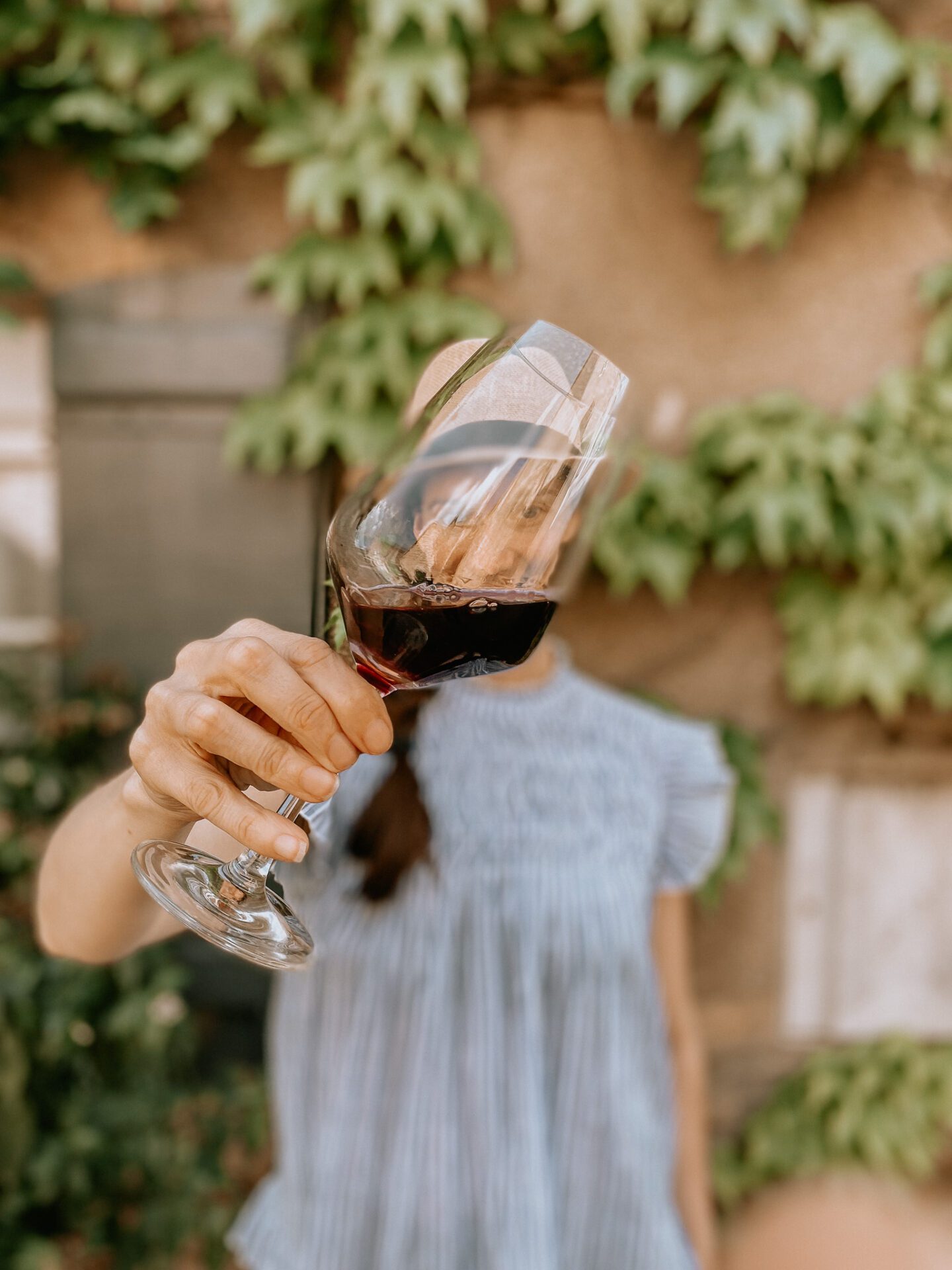
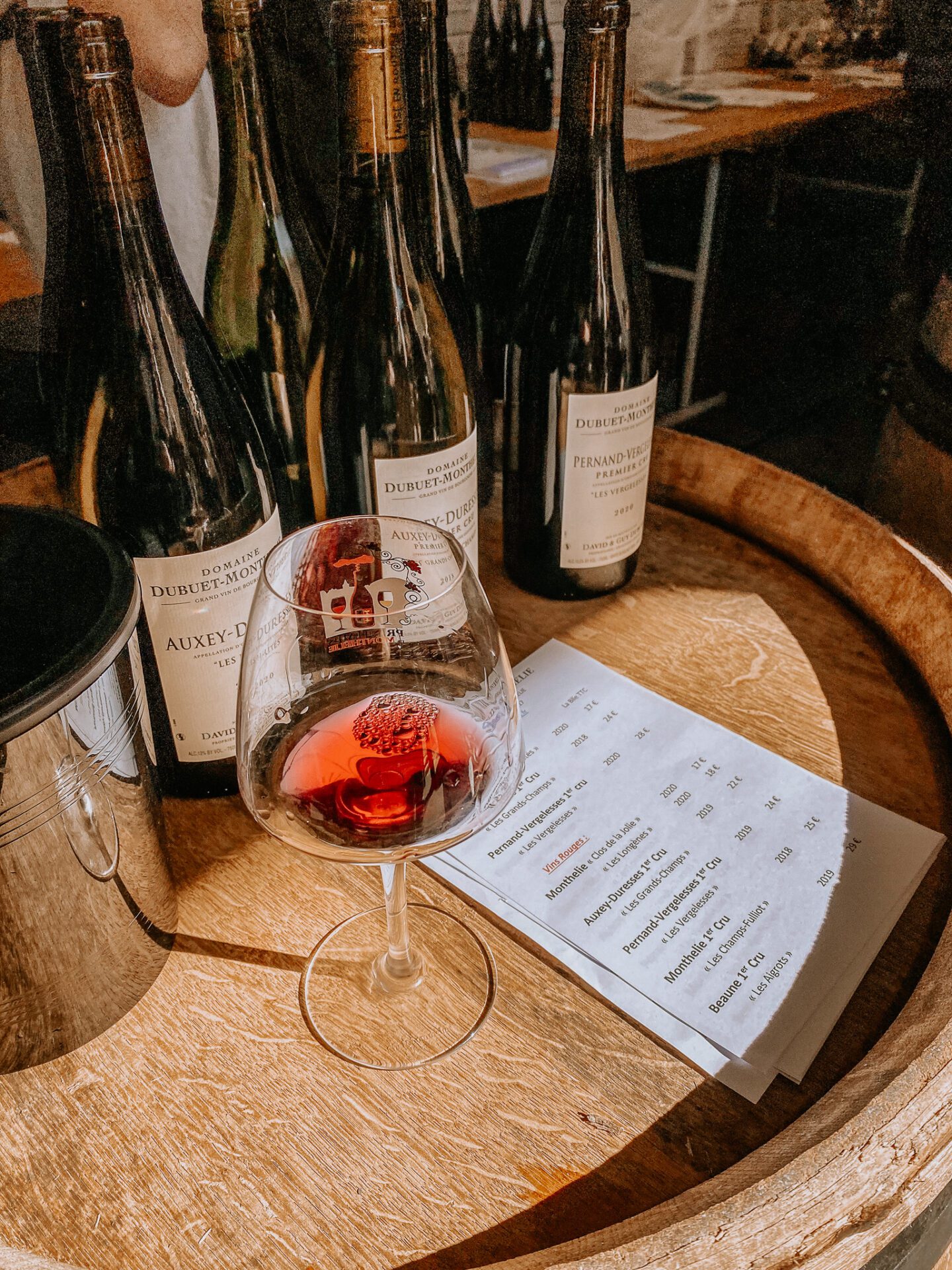
Step 4: Brush Up on Your Wine Knowledge
Set aside time to explore the basics of wine styles and the unique characteristics of each region on your itinerary. By doing so, you’ll be better equipped to savor the delightful nuances and distinctive flavors of the local wines.
To elevate your wine knowledge further, consider enrolling in a WSET Level 1 course or a Wine Tasting 101 class. Whether in your hometown or at the esteemed Oenovino wine school in Paris, these courses will provide you with a solid foundation in wine appreciation, equipping you with the skills and knowledge to fully enjoy your wine-tasting adventure.
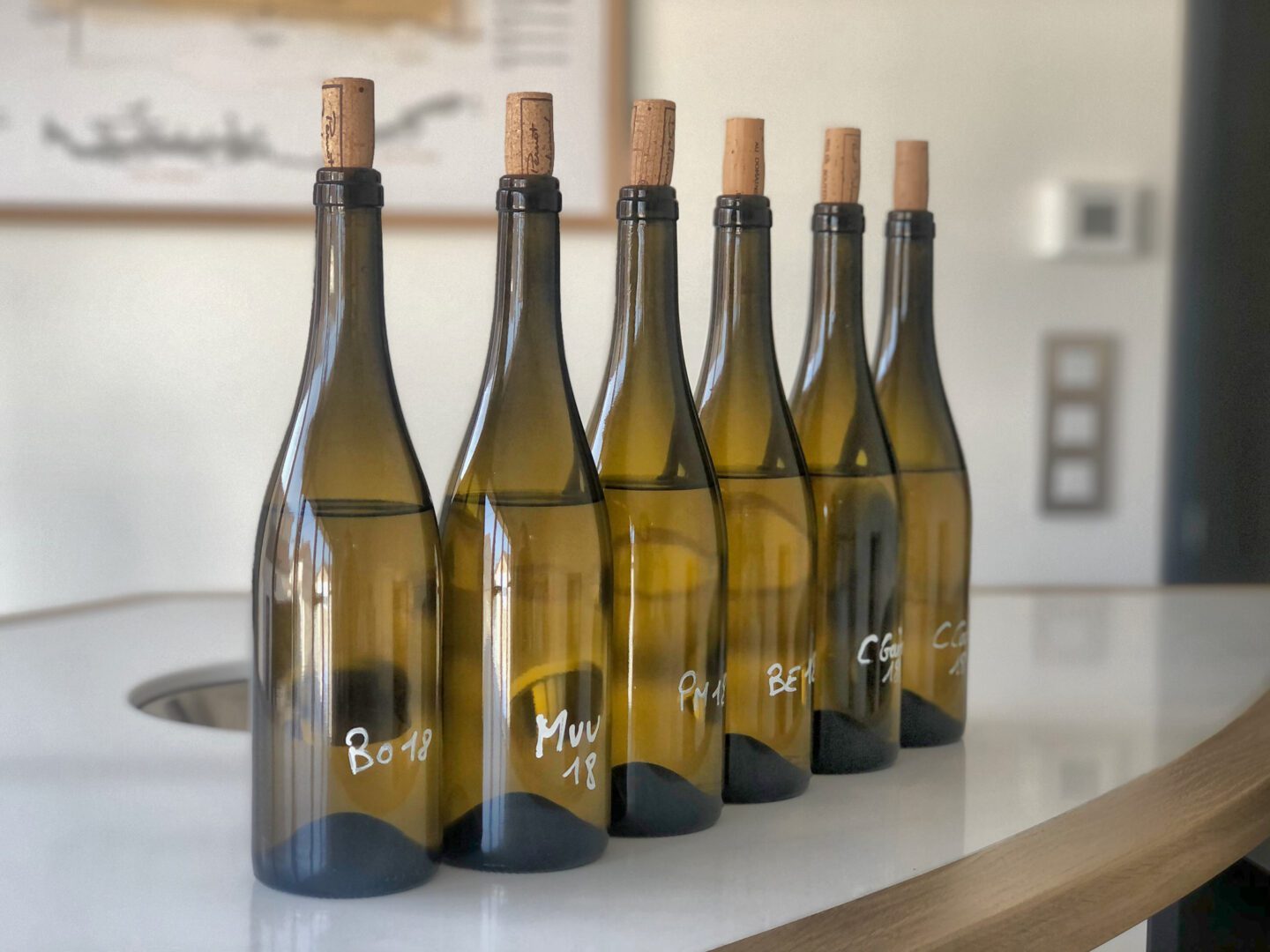
Step 5: Pack Smart
First and foremost, you’ll want to make sure you have comfortable clothes and shoes to wear during the trip. Given that you’ll be doing a lot of walking and standing, it’s important to choose footwear that won’t tire your feet. Moreover, it’s worth noting that the cellar temperatures stay the same year-round, which can be quite cold, so having a jacket or sweater to keep warm is crucial. You may also want to consider packing layers, as they can come in handy if the weather changes suddenly. Opt for elegant flats rather than heels. You will thank me later.
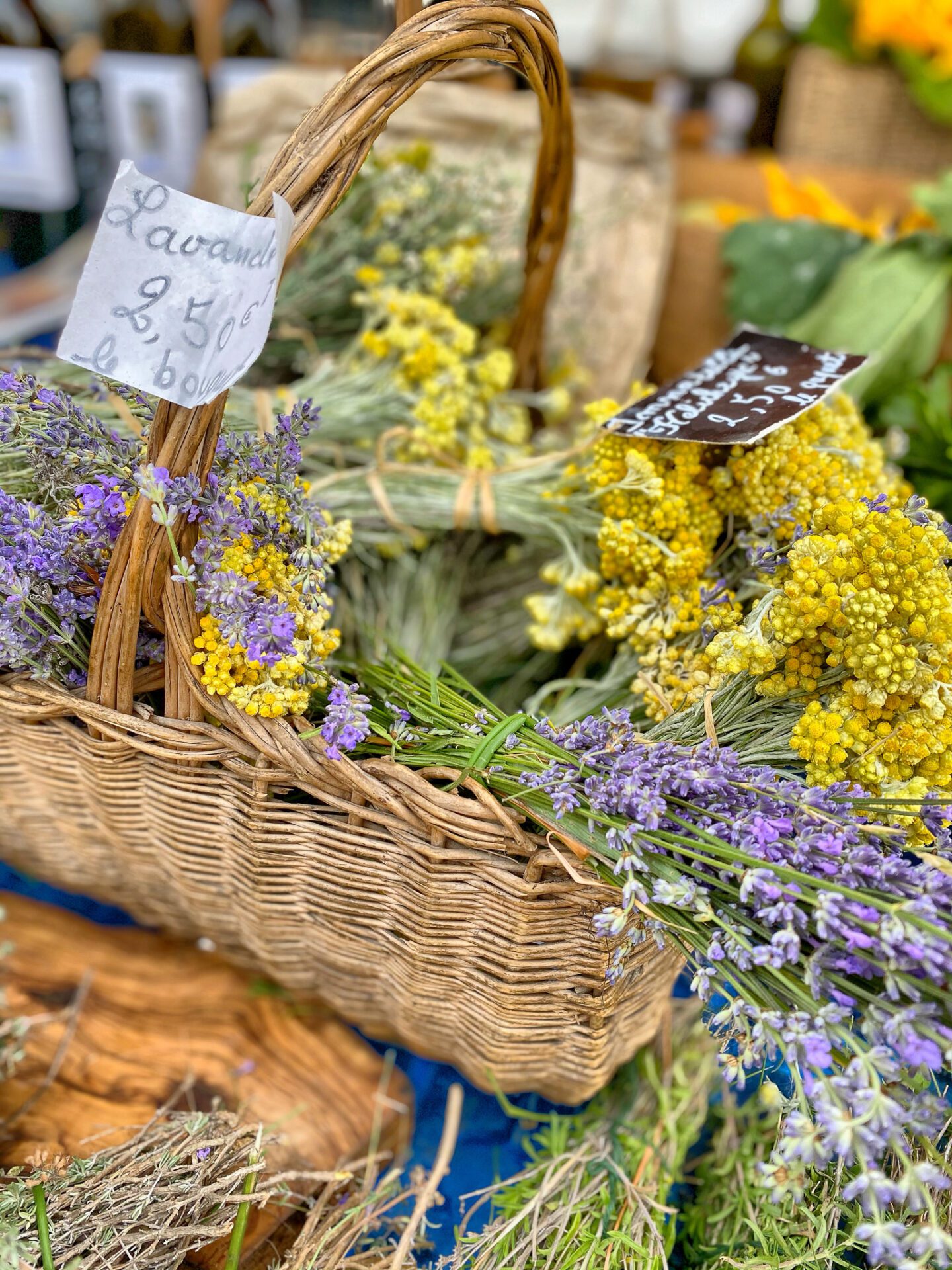
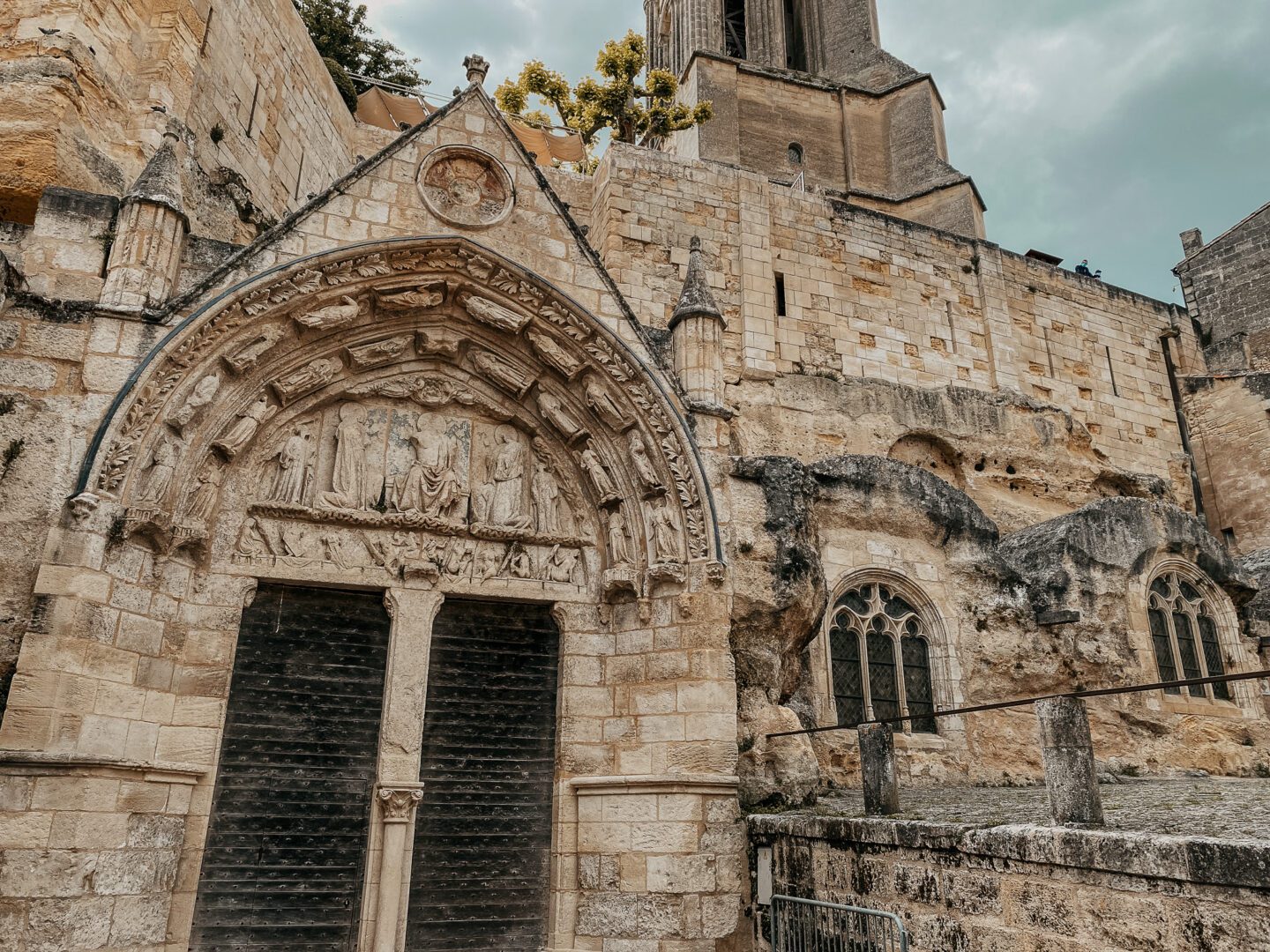
Bring a water bottle. It’s crucial to stay hydrated during your wine-tasting adventure, and having a water bottle on hand will help you do so. Not only will this be good for your health, but it’s also important to have a water bottle to raise your glass and cleanse your palate between tastings.
When considering buying wine bottles on your trip, ensure their safe transportation by packing them securely for the journey back. It’s wise to carry a wine carrier or packing materials to avoid any damage. For extra safety, consider the VinArmour wine bag, specifically crafted to prevent impact, puncture, and leakage. The VinArmour bag is also a fantastic choice for picnics, hikes, or bike rides due to its design.
Learn more about VINARMOUR Wine Carrier
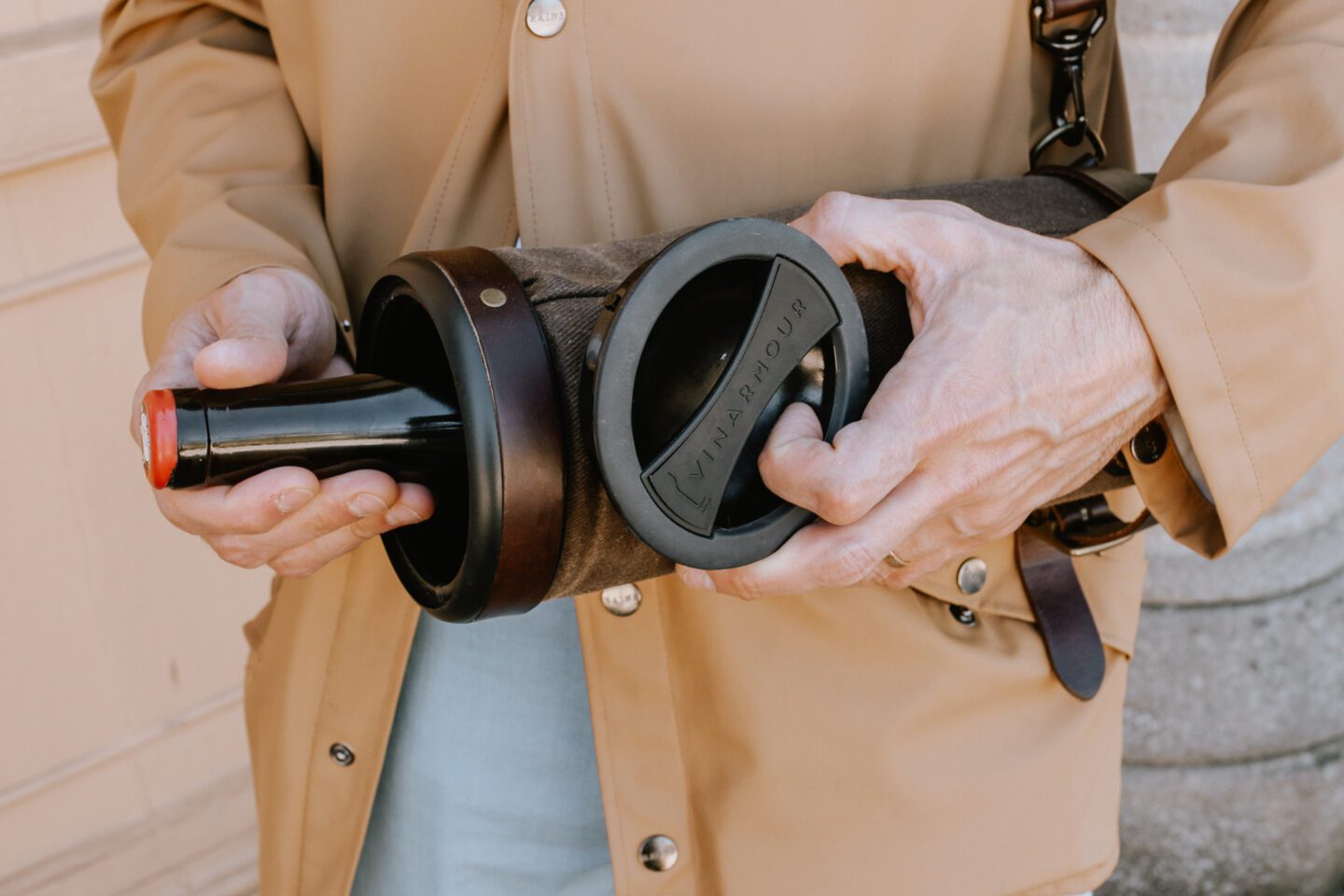
As you embark on your wine-tasting journey through France, remember that the experience is more than just sipping world-class wines—it’s about immersing yourself in the rich history, culture, and traditions of each region. By following these five comprehensive steps, you’ll be well-prepared for a memorable and enchanting wine trip that will leave you with lasting impressions and stories to share. So, pack your bags, brush up on your wine knowledge, and get ready to create unforgettable moments as you explore the diverse landscapes and flavors of France’s vineyards. Cheers to your next wine adventure, and may it be as magical and transformative as my first trip to Bourgogne!
Your post provides a fresh take on a popular topic. It offers new insights and perspectives. For more insights, click here.